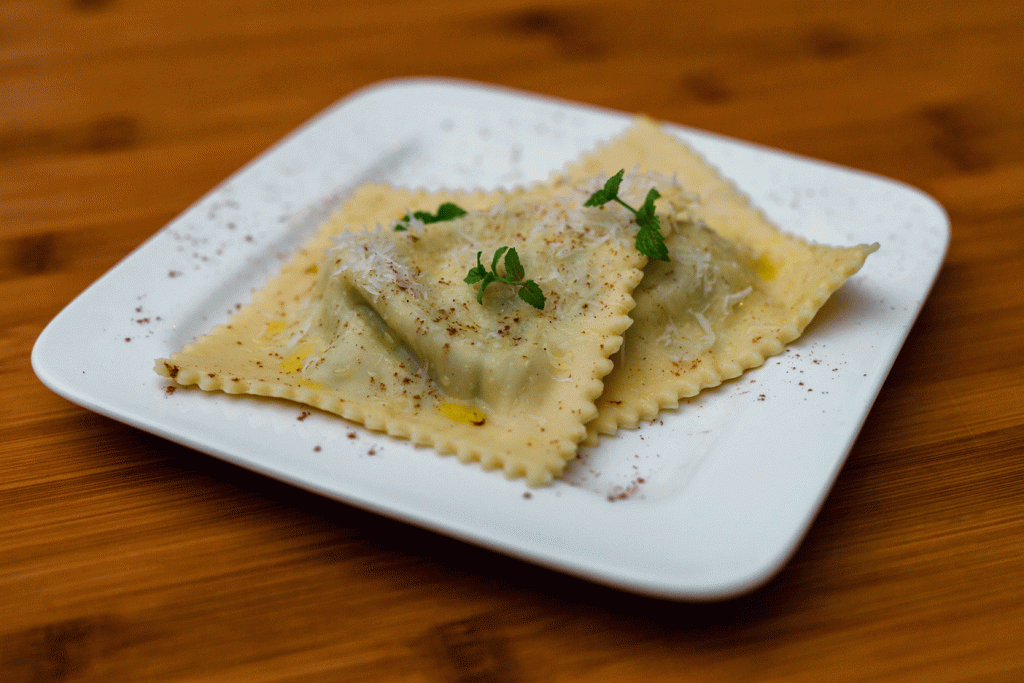Italy set the tone in many areas during the 15th and 16th century. We all know the famous Italian master builders and artists who made the Renaissance come to life. A lot less famous were the Italian ‘masters’ in the kitchen. Italy had a leading culinary role in Europe as well. These masters had such a big influence that many call this period a culinary Renaissance.
The end of the Catholic schism in 1417 (1378 – 1417) left Rome in shambles. The new pope Martin V rebuild the city. Architects and artist were invited to help rebuild the churches, palaces and many public buildings. He commanded the cardinals to restore their churches with their own funds, which resulted in a big architectural battle. The battle for the most exclusive and beautiful buildings and art, also found a way into gastronomy.
Platina
A key figure in the Italian gastronomy during the Renaissance was Bartolomeo Sacchi (1421 – 1481), also called Platina. He was a humanist scholar, protected by the Gonzaga family from Mantua. Platina went to Rome with Francesco Gonzaga, who just got appointed as cardinal, in 1461. He soon appealed to pope Pius II who granted him a position in the curie two years later. In 1464, pope Paul II got installed, who did not like Platina. He threw Platina into the dungeons of the Castel Sant’ Angelo twice. Here, Platina wrote a treatise about food that would become a best-seller in Europe.
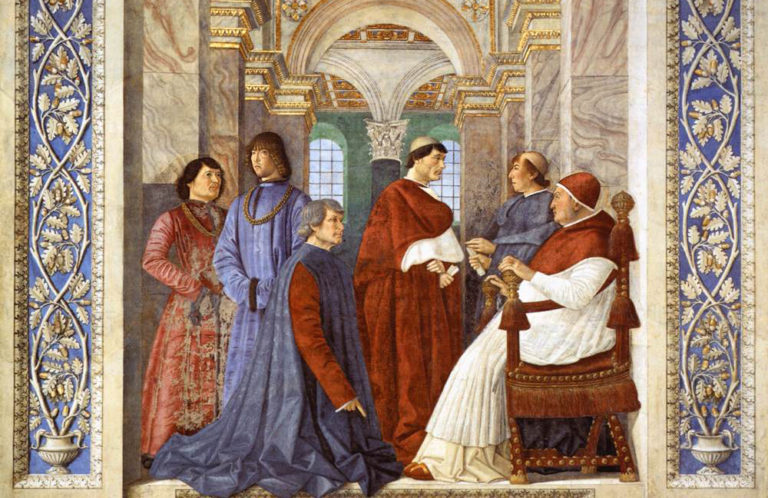
Platina’s treatise was done in 1469 – 1470. He called it De honesta voluptate ac valetudine (About the honest pleasures and good health). The book had five chapters with special and new recipes and five chapters that discussed food and culinary culture. He discussed the health aspects of food and compared food and classical culture. There was a lot of critique on the book. People thought that a humanist scholar should not concern himself with food, that was for gluttons. Platina wrote a letter to cardinal Roverella (to whom he also dedicated the book) in which he told him that he wanted to teach people about health, moderation and the elegance of food. According to Platina himself, he did this in the imitation of classical authors like Cato, Varo, Columella and Apicius. The book became a hit despite the critiques. The book has been reprinted in Latin 16 times up until 1550. In 1485 there were also versions in Italian, French and German. Platina took the culinary lead in Europe.
Maestro Martino: the true master
While Platina got all the fame and honour for his book, the actual credits for the new recipes, cooking techniques and flavours should go to someone else. Platina glorified Maestro Martino, ‘the prince of cooks’, in his preface. He also said that he learned everything from Martino. Out of the 250 recipes in De Honesta, 240 are from the earlier cookbook Liber de Arte coquinaria (the art of cooking) from Martino di Como, or Maestro Martino. The true Italian master.
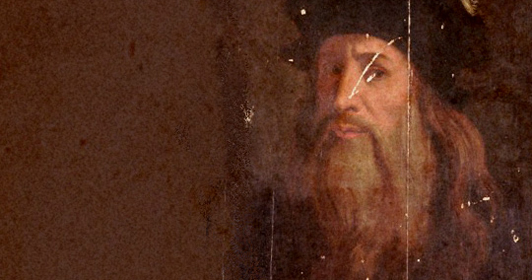
Not much is known about Martino di Como, so there are a lot of speculations about him. What we do know is that he was in service of cardinal Ludovico Trevisan (1401 – 1465), also known as ‘cardinal foodie’. Trevisan was known for his love of the good life. He collected different kinds of fruits and orange trees in his garden in San Lorenzo in Damaso. He kept buffalo for cheese and got fish from the famous fishery in Friuli. He always made sure there were rare ingredients and the best wines during his luxurious banquets. It is no miracle that Trevisan hired the best cook available. Platina probably met Martino at one of Trevisan’s banquets while he tagged along with his patron Francesco Gonzaga.
When Martino was in service of Trevisan, he had a daily budget of circa € 500 to spend on food alone. There must have been some room to experiment with special ingredients and cooking techniques with this huge budget, which lead to new culinary inventions for sure. Martino continued to experiment after Trevisan’s death, when he entered the service of pope Paul II in 1465, and later of Sixtus IV.
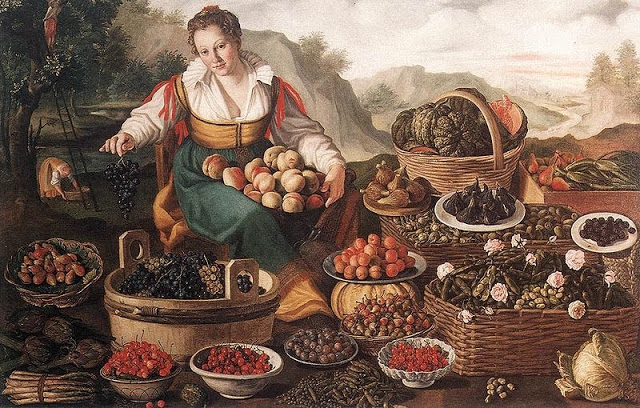
The new art of cooking
It is unknown when exactly Martino published his cookbook, but in the second half of the 15th century, his Liber de arte coquinara appeared. It was a manuscript, of which 5 other versions are known. Medieval cooking manuscripts usually have recipes that have been in use for centuries and were slightly adapted each time they were copied. Martino was the first who deviated from the Medieval kitchen, which is why you find new, original recipes in his book. The medieval tradition and flavours are still present, for instance in his recipe ‘flying pie’ (with live birds), ‘peacock in his splendid feathers’ and ‘live fish in aspic’. However, 75% of the recipes show new culinary skills.
A lot of the new inventions Martino introduced in his cookbook come naturally to us. Like indicating how long you should cook something (for instance four paternosters or a psalm), the cooking method (cooking, frying or baking), the measurements and for how many people a meal is meant. The dishes in the book even have a uniform layout regarding these instructions. He described the culinary process step by step and in detail. This way everyone could use these instructions and cook his recipes. The culinary manuscripts before Martino were just lists of ingredients for professionals who knew what to do with them.
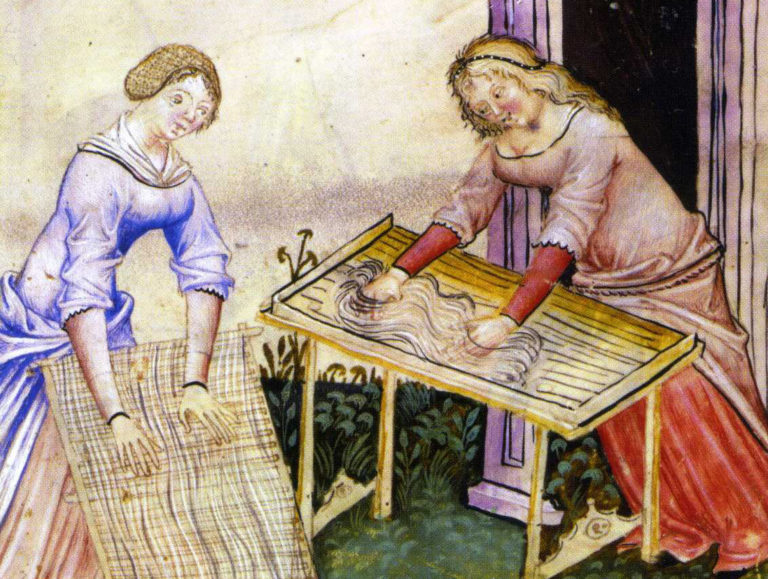
The maestro also used many new words for ingredients and new names for dishes in his cookbook. A certain apple could have different names in different areas. Martino did not only provide new names for ingredients but also described them in detail, so it was clear what he meant. He did the same for dishes. Maccheroni could be a different dish in every region, for instance. He specified what the dish was and how you should prepare it. We thank one of the first pasta recipes to Martino. He encouraged the culinary world to use a culinary lexicon. Unfortunately, a lot of this specific information has been lost in the Latin translation in De honesta by Platina.
The details for preparations make this cookbook special as well. Martino is the first who describes different ways to prepare different kinds of meat for instance. Which is very normal for us nowadays. Martino even paid attention to details about something that should be coarsely grounded or very finely grounded. It made a big difference in dishes.
We see new ingredients and dishes as well. The culinary manuscript shows a lot of Arabian influences. The use of rice, the juice from the bitter orange and pomegranate, adding flavour to sauces using raisins, plums and grapes and the use of sugar. Martino does not only use sugar as a way to give flavour to something, but also as an ingredient. The most remarkable is perhaps his use of a lot of vegetables. Vegetables had had a very minor role in cookbooks and Martino put them back on the menu. His onions, carrots, celery, parsley and dill are still very important ingredients and flavours in the Italian kitchen.
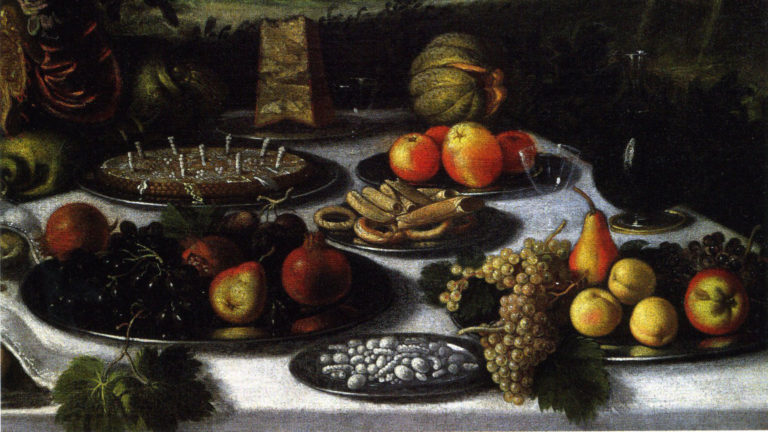
It is said regularly that the Italian kitchen was being influenced by the classics during the Renaissance, amongst which by Apicius’ cookbook. I do not agree with that completely. The culinary context, for example the way people thought about food, table manners and enjoying food in a relatively small group, is surely influenced by the classics. But they did not use ancient recipes at all. Martino created completely new flavour combinations by combining new and old ingredients. He was a ‘modern’ cook for sure.
The maestro’s inheritance
If Maestro Martino was the true master, then why do we know Platina as the one who invented this new cuisine? The answer is the printing press. Martino di Como’s cookbook was a handwritten manuscript. Platina had his book printed, so there were more copies of this book. And the book was distributed much more widely.
Platina’s and Martino’s work are also found in another Italian bestseller: the Opera dell’ arte del cucinare by Bartomoleo Scappi, from 1570. A (very hefty) adaptation of this work appeared in 1612 in Leuven (Belgium) called Koock-boeck oft familieren Keuken-boeck by Antonius Magirus.
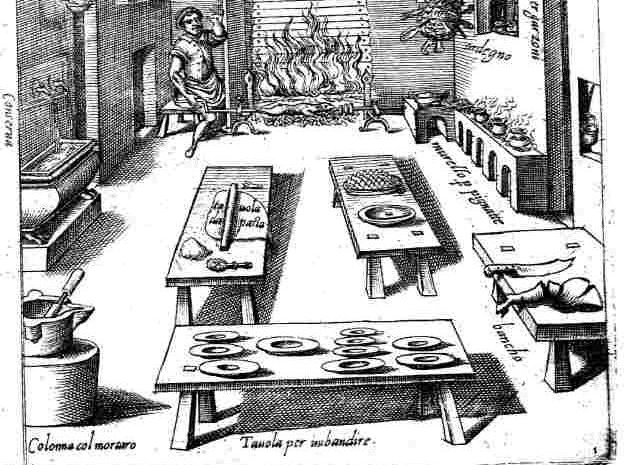
Ravioli by Maestro Martino
The ravioli recipe from the culinary manuscript by Maestro Martino is a good example of the new inventions of the 15th-century kitchen. A new dish using regional products, filled with vegetables. On top of that, he explains every step in making this dish, what to pay attention to and how long to cook the ravioli, which is four paternosters. The recipe comes with a pinch of Renaissance: ‘sprinkle with cinnamon and sugar’.
